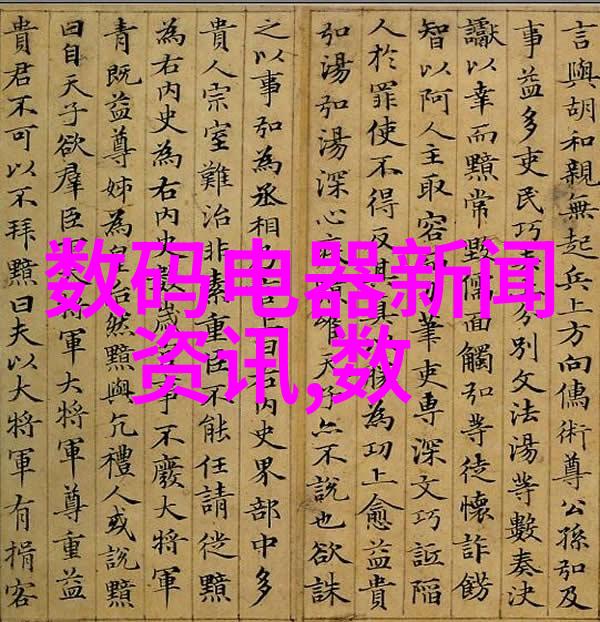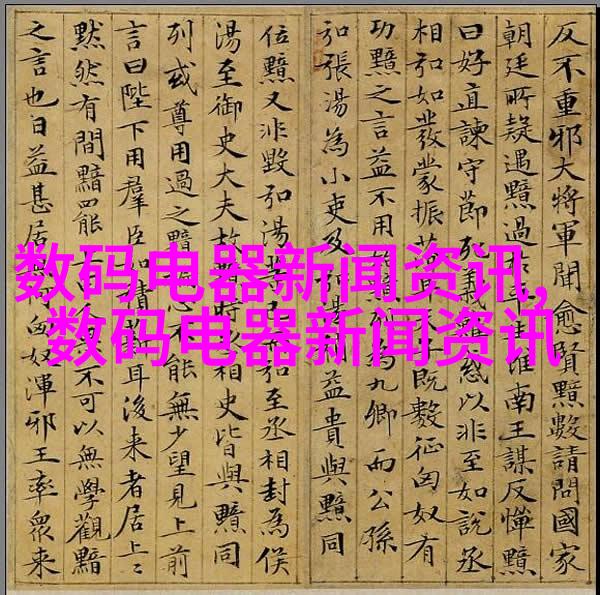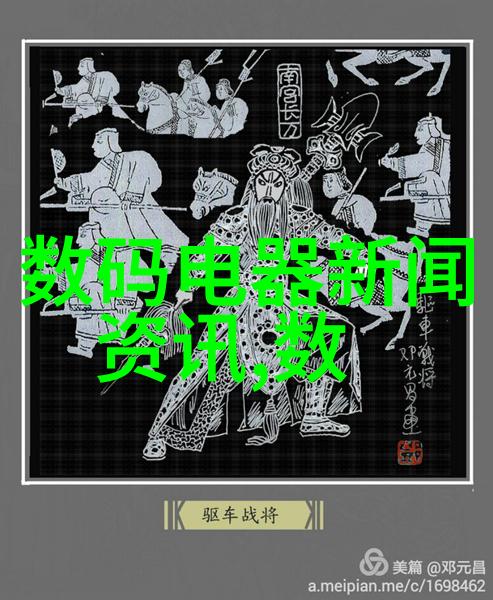不锈钢波纹管和编织管哪个好-比较两种材料的优劣与应用场景
在工业设备中,选择合适的管材对于确保设备安全稳定运行至关重要。市场上有多种类型的管材可供选择,其中不锈钢波纹管和编织管因其耐腐蚀、抗压力性能而受到广泛青睐。那么,在实际应用中,不锈钢波纹管和编织管哪个更好?下面我们就来探讨一下这两个材料的特点、优缺点以及它们在不同场景下的应用。

首先,我们需要了解这两种材料各自的特性。不锈钢波纹管由高强度、高韧性的碳化钛或合金 钢制成,其表面具有自然形成的小凸起,这些小凸起使得其表面积增加,从而提高了热传导率。此外,由于其固有的密封性能良好,不锈钢波纹管在承受高压的情况下也能保持良好的密封性,适用于各种环境中的输送液体或气体。
相比之下,编织管则是由多根金属丝交织而成,它们可以根据不同的要求进行弯曲、拉伸等加工以适应不同的安装条件。由于它拥有较大的内径空间,可以容纳更多的介质,因此在需要大量流动介质通过时,如水处理系统或者化学反应装置中非常有效。此外,编织型结构使得它具有一定的弹性,所以在振动环境下能够提供更好的保护效果。

然而,并不是所有情况都适合使用这两种材料。在一些对清洁度有严格要求的地方,比如食品加工行业,不锈钢波纹管因为其无孔洞且易于清洁,使其成为最佳选择。而对于那些对成本敏感但同时又要保证一定程度机械强度的地方,如建筑物内部排水系统,那么使用价格实惠且耐用性较强的编织 管会更加经济有效。
此外,还有一些特殊情况也值得考虑,比如当工作环境极端恶劣时(例如极高温度或极低温度),某些类型不锈钢可能会失去耐腐蚀性能,而这种情况下,一些特殊设计的地网板可能会表现出更好的稳定性。这时候,工程师们往往需要结合具体项目需求来决定最终选用哪一种类型的产品。

总结来说,不锈steel wave pipe and woven tube each has its own advantages and disadvantages, and the choice between them depends on specific application requirements. For example, in a chemical plant where high-pressure fluid transportation is required, the non-stick steel wave pipe's excellent mechanical properties make it an ideal choice. However, in a situation where cost-effectiveness is more important than mechanical strength, such as a building's internal drainage system, the woven tube could be a better option.
In conclusion, when choosing between non-stick steel wave pipes and woven tubes for industrial applications, it's crucial to consider factors such as environmental conditions (temperature range), fluid properties (viscosity), installation space constraints (bending radius) as well as budget considerations. By evaluating these factors carefully before making your selection decision can help ensure optimal performance of your equipment while minimizing potential risks or downtime due to material failure or corrosion issues over time




